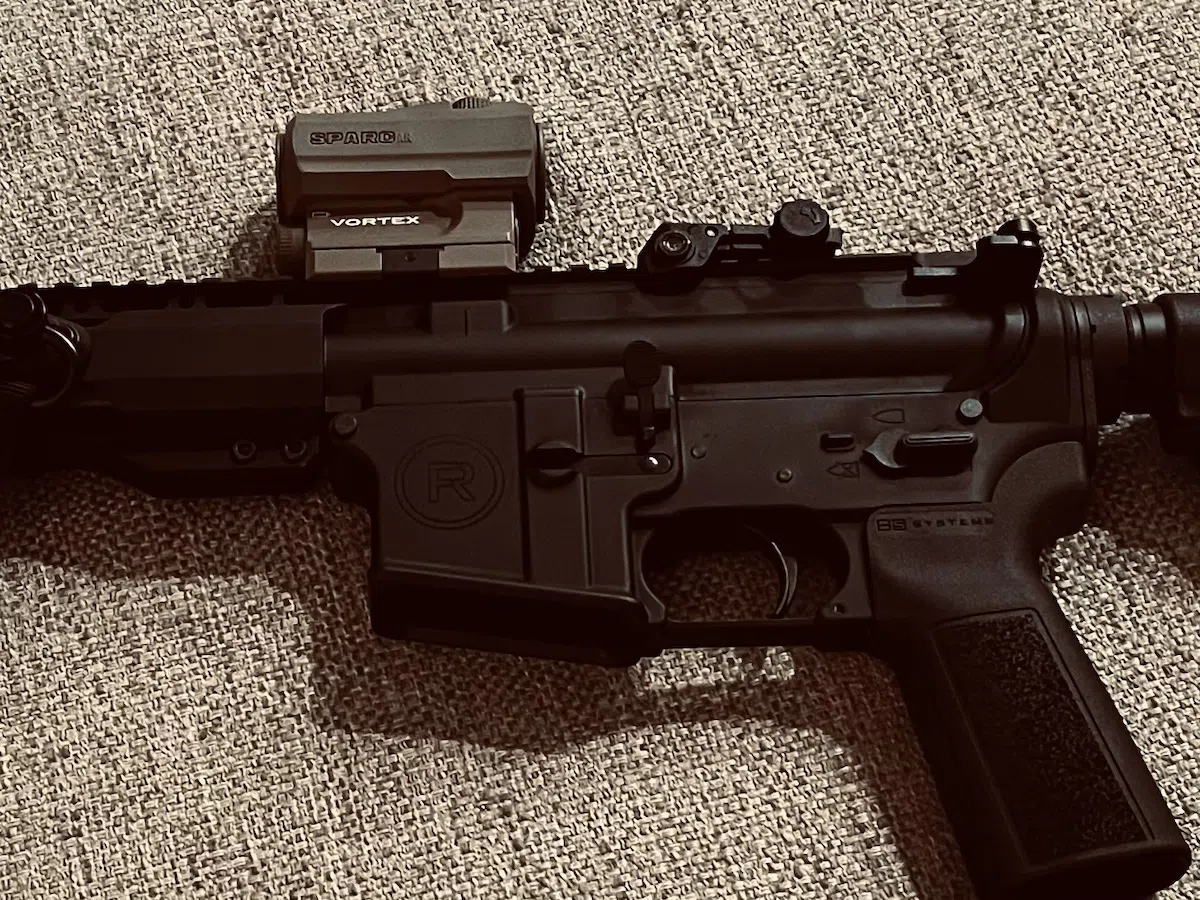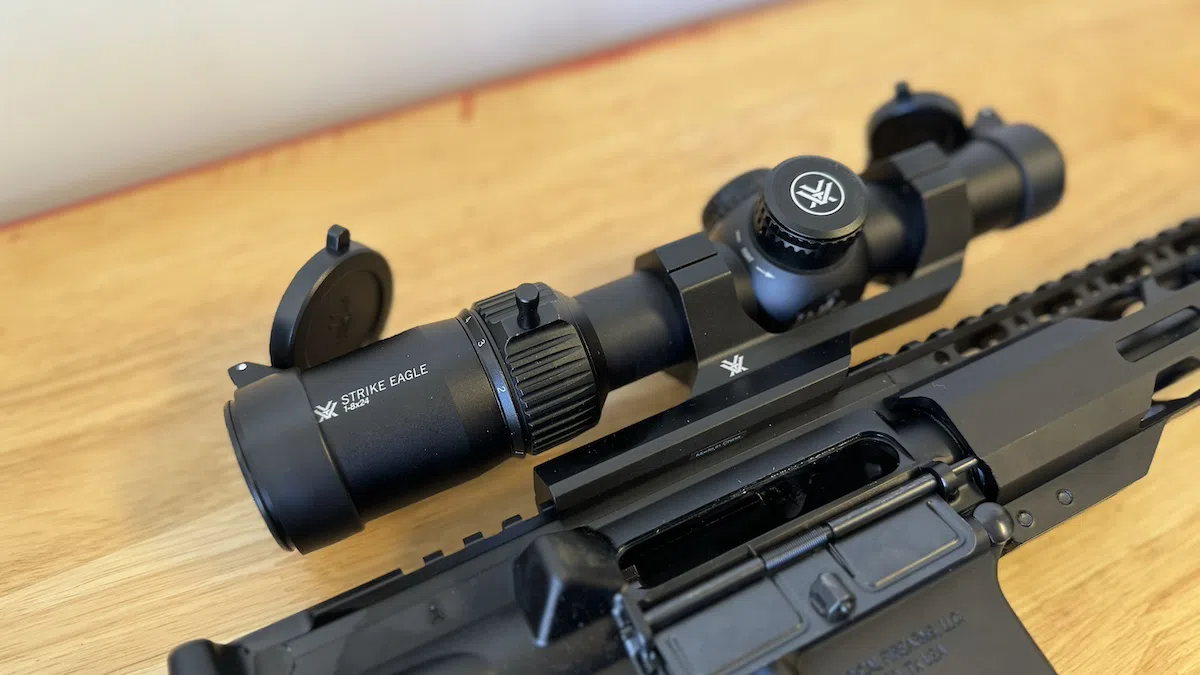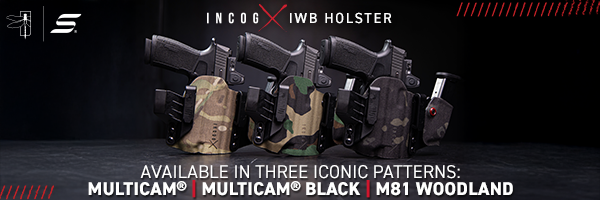LPVO or Red Dot: Which is better?
Red Dots vs. LPVOs: A Tactical Optics Showdown
In the world of tactical optics, the debate between red dot sights and Low Power Variable Optics (LPVOs) is a hot topic among enthusiasts and professionals alike. Each system offers unique benefits tailored to specific scenarios, from close-quarters combat to mid-range engagements. Let's dive into the characteristics of red dots and LPVOs, highlighting key considerations such as operational readiness, magnification, target acquisition, and the impact of reticle design on shooting accuracy.

Vortex Sparc Red Dot Sitting Atop A Radical Firearms RPR 16" AR-15
Red Dot Sights: Operational Readiness and Ease of Use
Red dot sights, such as the Vortex Sparc AR2 Red Dot, are renowned for their simplicity and speed, providing a clear aiming point without the need to align iron sights. However, a critical consideration is the requirement to turn them on, which can be a split-second disadvantage in a high-stress scenario. The advent of "shake awake" technology mitigates this issue by automatically activating the sight upon movement, ensuring it's ready when you are. However, as of the time of this writing the Vortex Sparc does not feature Shake Awake technology.
LPVOs: Versatility Through Variable Magnification
LPVOs like the Vortex Strike Eagle 1-8x24 SFP and the Monstrum Panzer 1-10x24 FFP offer a significant advantage with their variable zoom levels, allowing shooters to engage targets at varying distances with a simple twist of the dial. Unlike red dots, which are typically fixed in magnification, LPVOs provide the flexibility to adjust from 1x magnification for close-range targets to higher magnifications for distant threats. LPVOs typically have a "donut of death" that works well with CQB scenarios. As a larper without zero military experience, I cannot confirm this in a battle scenario. However, as a self proclaimed Gravy Seal, I can confirm the donut of death is great for clearing my house after that bump in the night.
Enhancing Red Dots: Flip to Side Magnifiers
For those looking to bridge the gap between the rapid target acquisition of a red dot and the need for magnification, flip to side magnifiers like the Monstrum Ghost UltraCompakt offer a compelling solution. These devices can quickly transform a red dot setup into a magnified platform, enabling quicker acquisition of long-range targets compared to dialing in the magnification on an LPVO.
Considerations with LPVOs: Second Focal Plane Reticles
While LPVOs offer versatile magnification ranges, it's crucial to understand the implications of reticle placement. Most budget LPVOs, including the Vortex Strike Eagle 1-8x24 SFP feature Second Focal Plane (SFP) reticles, which maintain a constant size across the magnification range. This can lead to potential inaccuracies with holdovers or ranging if the reticle is calibrated for use at a specific magnification, usually the highest, and the shooter is operating at a lower zoom level. Additional MOA or mil dots on the reticle can be misleading if not adjusted for the current zoom setting. First Focal Plane (FFP) LPVOs such as the Monstrum Panzer 1-10x24 FFP account for this by offering an accurate reticle at all zoom levels. The tradeoff here is that the reticle will shrink and grow as the shooter zooms in and out.

One of our rigs is a Radical 300 Blackout, topped with a Vortex Strike Eagle 1-8x24 SFP LPVO
Making the Right Choice
The decision between a red dot sight and an LPVO boils down to the shooter's specific needs and operational scenarios. Red dots, with their operational readiness and ease of use, excel in close-quarters engagements. The introduction of shake awake technology further enhances their appeal by reducing readiness concerns. On the other hand, LPVOs offer unmatched versatility for engagements at varying distances, with the added complexity of managing magnification levels and understanding reticle subtensions.
Enhancements like flip to side magnifiers provide a hybrid solution, offering the best of both worlds but require additional manipulation. When choosing an LPVO, particularly those with SFP reticles, shooters must be mindful of the implications on ranging and holdovers at different magnifications.
In conclusion, whether opting for the straightforward operation of a red dot, the versatility of a LPVO, or the hybrid approach with a red dot + magnifier, understanding the strengths and limitations of each option will ensure you select the best optic for your tactical needs.


